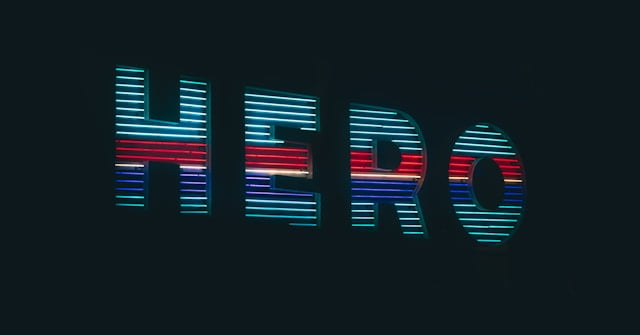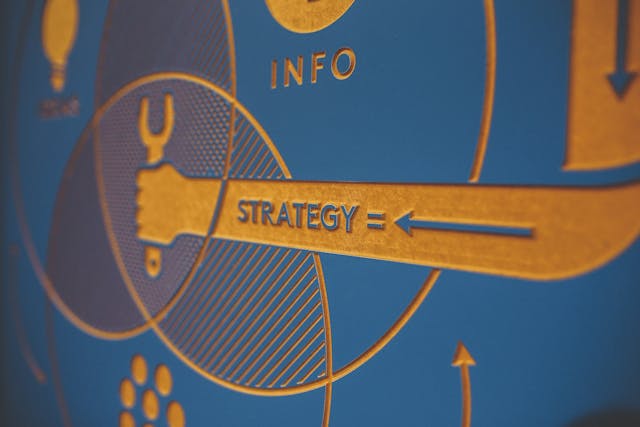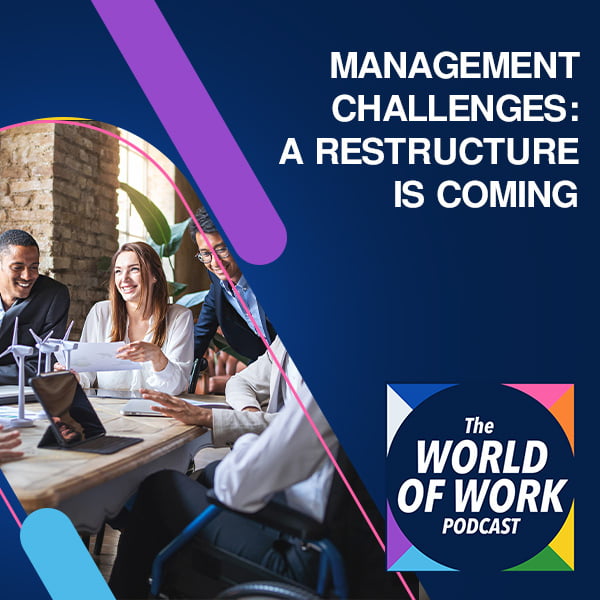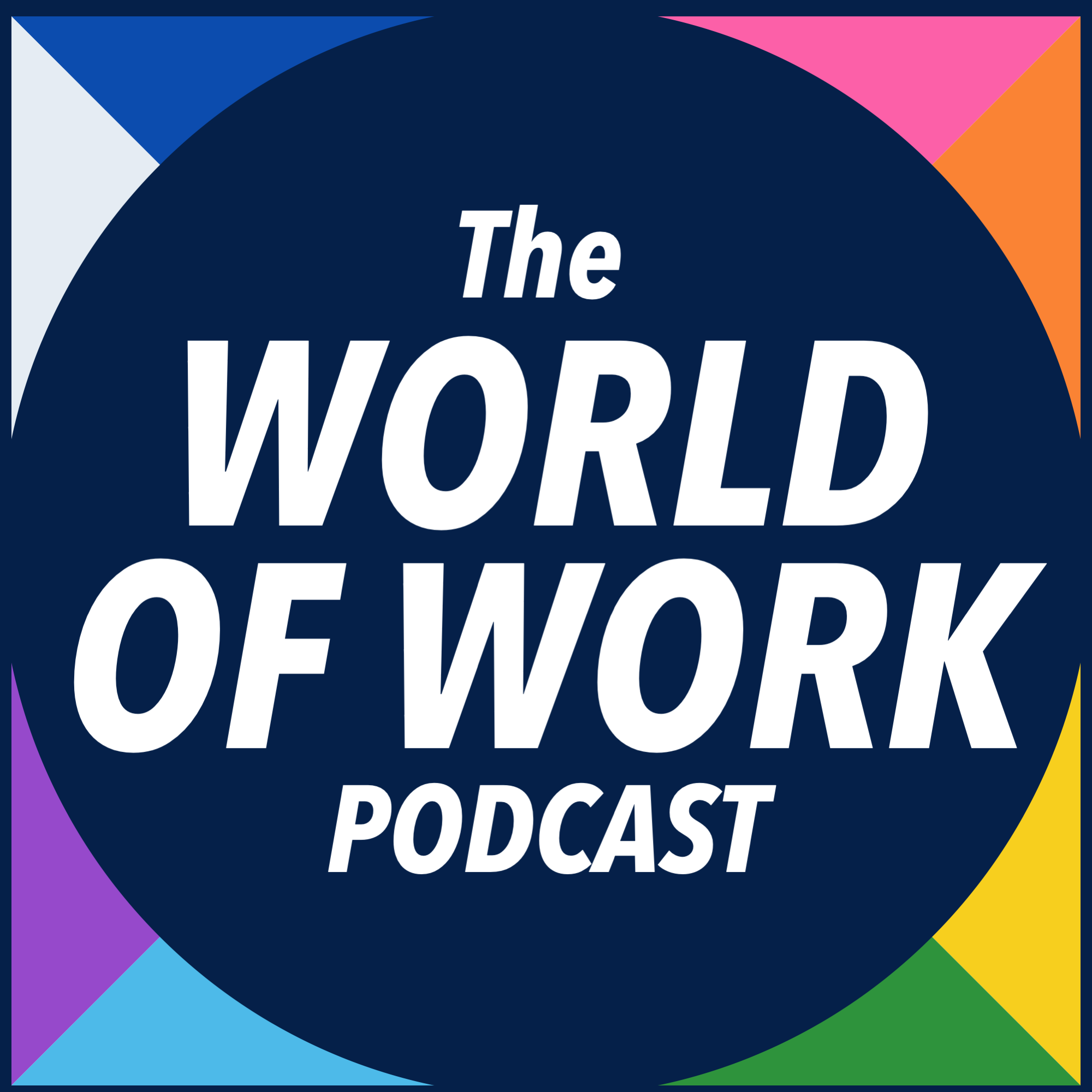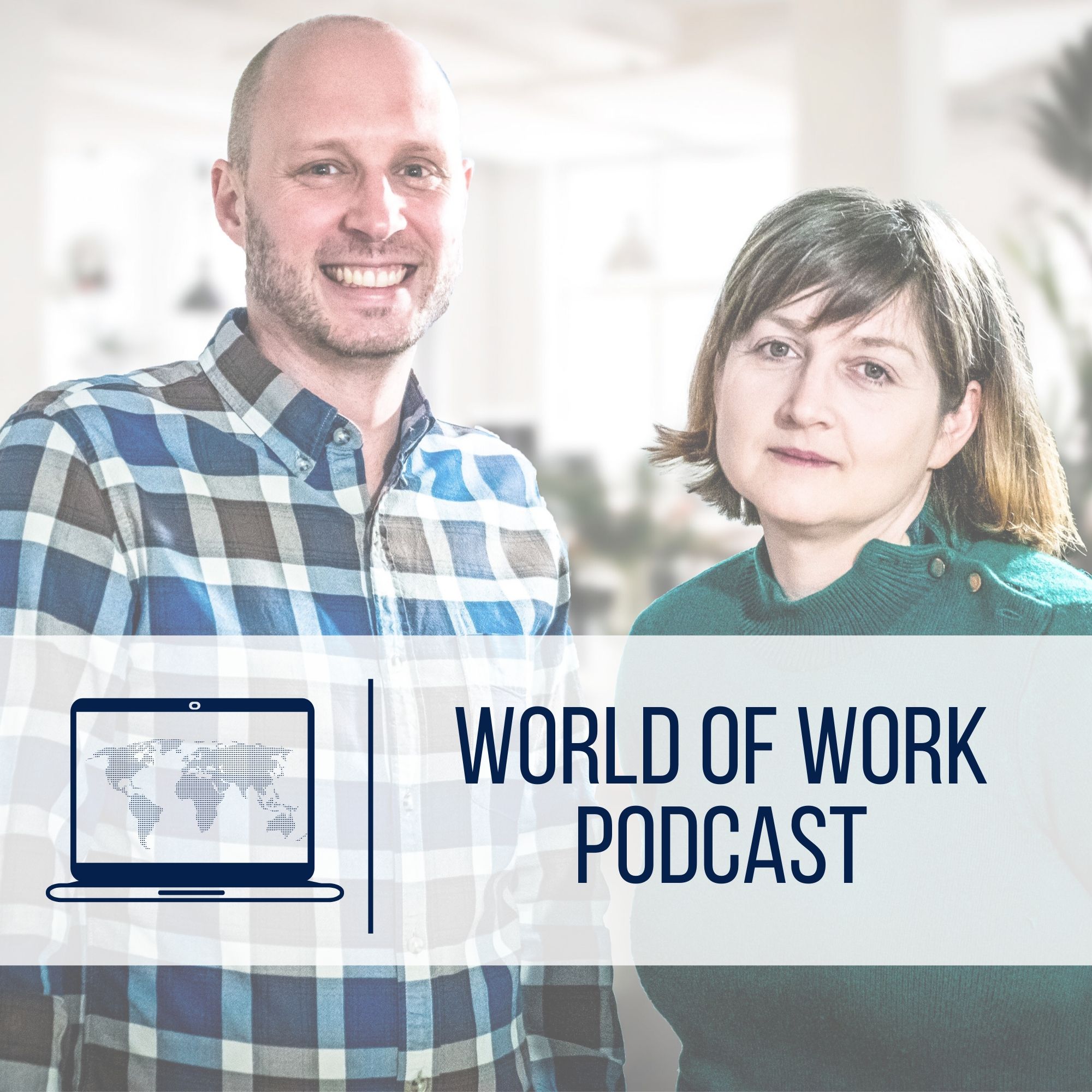There are many organizational change models similarities. While there are many different models that vary in level of detail and usefulness, most of them are actually saying broadly the same thing.
Summary by The World of Work Project
Organizational Change Models
Organizational change is the process of intentionally changing key aspects of an organization in an effort to help the organization become better equipped to deliver its strategic objectives. Sometimes change programmes address organizational design, sometimes they aim to change culture, sometimes they aim for broader changes.
Organizational Change Model Similarities
There are many different suggested ways to do this, and many models that can be used. In our view, most of them say roughly the same thing, just in different levels of detail. We look at three models below to show their similarities.
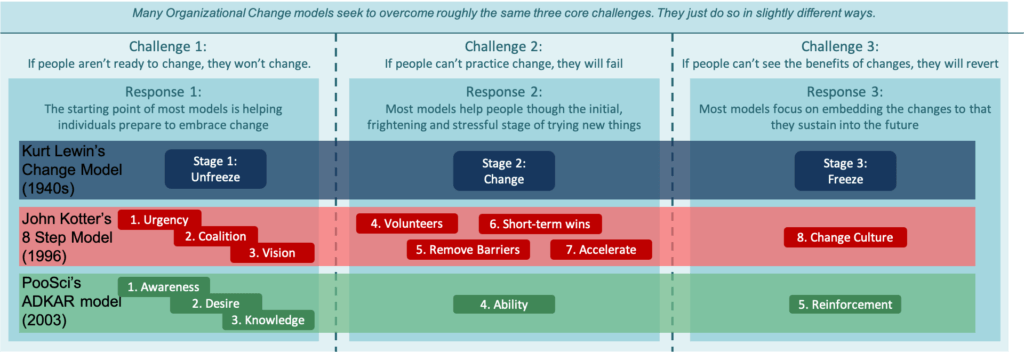
In essence all organizational models are trying to overcome three core challenges associated with change:
- When people aren’t ready to change, they will not change.
- If people can’t practice the changes that are being introduced, the changes will fail.
- When people can’t see the benefits on the new ways of doing things, they will probably revert to their old ways of doing things.
The diagram above shows broadly how Kurt Lewin’s model, John Kotter’s model and the ProSci’s ADKAR model all try and address these challenges.
Obviously, the structure of challenge we use is aligned to the stages of Kurt Lewin’s model and it is his model that we think the most elegant, though it provides far less detail than the other models so is, in some ways, less useful.
Learning More
Organizations often seek to change and improve, and often use organizational development programs to do so. There are many models that seek to explain how change in organizations happens.
Similarly, there are many models that seek to explain individuals change. These include the Bridges model and the Kubler-Ross change curve.
It’s worth noting that there’s a lot of discussion and challenge around organizational change theories. We have several podcasts exploring this, including this one which takes a critical approach to process models of change:
The World of Work Project View
We don’t have much to add to this. There’s a lot of noise around organizational change, but we think all the models are trying to do roughly the same thing.
We like Kurt Lewin’s model the most as it’s elegant, but we think John Kotter’s is the most useful. That said, we think learning about several models is a good thing to do for all change practitioners.
How We Help Organizations
We provide leadership development programmes and consulting services to clients around the world to help them become high performing organizations that are great places to work. We receive great feedback, build meaningful and lasting relationships and provide reduced cost services where price is a barrier.
Learning more about who we are and what we do it easy: To hear from us, please join our mailing list. To ask about how we can help you or your organization, please contact us. To explore topics we care about, listen to our podcast. To attend a free seminar, please check out our eventbrite page.
We’re also considering creating a community for people interested in improving the world of work. If you’d like to be part of it, please contact us.
Sources and Feedback
The contents of this post have been based on our own experience and consideration of other posts within this website. Refer to them for more details.
We’re a small organization who know we make mistakes and want to improve them. Please contact us with any feedback you have on this post. We’ll usually reply within 72 hours.


